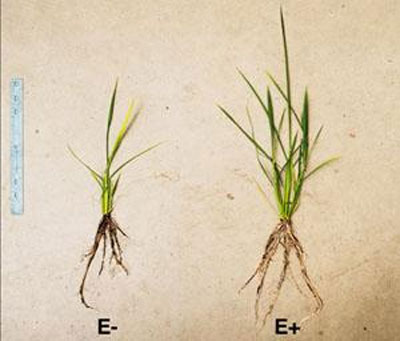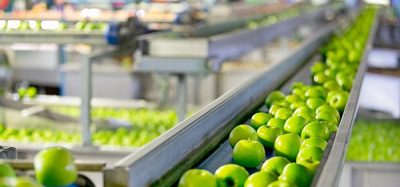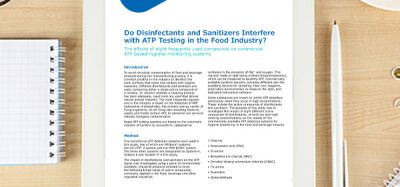Plant probiotics made from endophytes could lead to bigger crop yields with less fertiliser
- Like
- Digg
- Del
- Tumblr
- VKontakte
- Buffer
- Love This
- Odnoklassniki
- Meneame
- Blogger
- Amazon
- Yahoo Mail
- Gmail
- AOL
- Newsvine
- HackerNews
- Evernote
- MySpace
- Mail.ru
- Viadeo
- Line
- Comments
- Yummly
- SMS
- Viber
- Telegram
- Subscribe
- Skype
- Facebook Messenger
- Kakao
- LiveJournal
- Yammer
- Edgar
- Fintel
- Mix
- Instapaper
- Copy Link
Posted: 9 July 2015 | Victoria White | No comments yet
Researchers have successfully created a rice plant probiotic made from endophytes that results in larger plants with less need for fertiliser…


Researchers have successfully created a rice plant probiotic made from endophytes that results in larger plants with less need for fertiliser.


This is a comparison of rice plants grown without the endophyte (E-) and with the endophyte (E+). CREDIT: Photo by Hyungmin
In plants, beneficial bacteria and fungi are endophytes. Scientists have known for decades that plants like legumes (peas, beans, and lentils) have beneficial bacteria in nodules attached to their roots. These bacteria “fix” vital nitrogen, turning it into a form the plant can easily use. However, researchers have recently found some nitrogen-fixing bacteria actually live inside plant tissue – in the leaves, stems, and roots – with impressive results.
Sharon Doty, an associate professor at the University of Washington, was one of the first to discover these bacteria, and their successful transfer between plants.
Doty and her team isolated endophytes from poplar and willow trees. These trees thrived despite a rocky, forbidding surround. “All I have to do is look at these trees in their native habitat to see that we are clearly on the right path; simple nitrogen use efficiency cannot explain the continued biomass accumulation of these amazing trees,” Doty says.
Doty then transferred the endophytes to rice plants. The result? Larger and taller plants with fuller root systems–despite limited nitrogen conditions in the greenhouse.
And the environmental payoff? Thanks to these bacteria fixing nitrogen for the plant, farmers could use less chemical fertilisers to give plants the nitrogen they need. Doty added, “This research offers the potential alternative for chemical fertilisers in crop production, thus aiding sustainable agriculture with minimum impacts on the environment.”
Endophytes can provide growth benefits to different species of crops
This benefit is not limited to rice. “Research on endophytic nitrogen-fixation has enormous potential benefits since endophytes have a very broad host range,” she said. “Unlike root nodules that are limited to [just a few plants], endophytic nitrogen-fixation could be used for any plant species.”
The endophytes of poplar and willow can also provide growth benefits for such diverse species as corn, rice, ryegrasses, tomato, pepper and squash. “This suggests that the plant-microbe communication is ancient,” Doty noted.
The way these bacteria get inside the plant and then live there is still being studied. It most likely differs by the type of bacteria, Doty said. Some may transfer through seeds and others through the environment. Once inside a plant, the bacteria can migrate throughout – unlike those found in root nodules – and are often found in the spaces between plant cells and in areas that transport water or sugars.
Doty’s lab is now collaborating with an agricultural company to take advantage of these bacteria on a large scale. This could include seed coating or spraying.
The research is published in the journal Crop Science.








